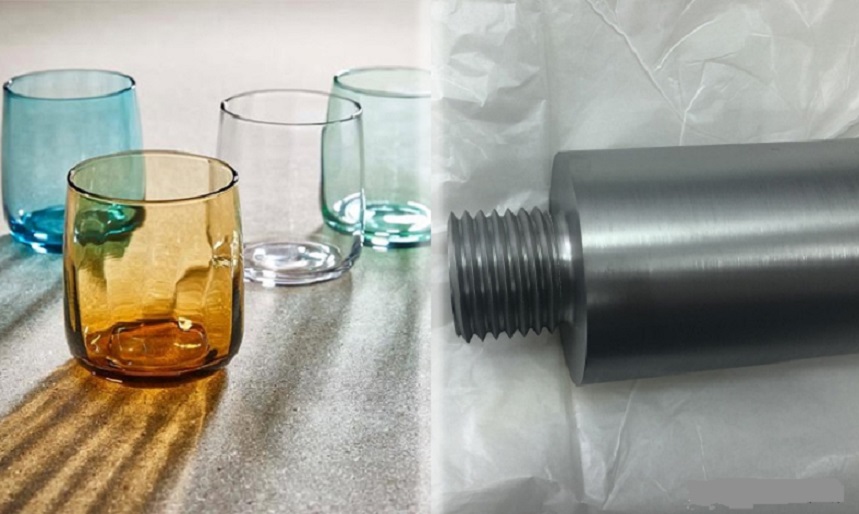
Impurities in Glass Materials Affect Molybdenum Electrode Service Life According to relevant research data, among the types of cups on the market, glass cups are the healthiest, safest, and most widely used cups. But do you know how glass is produced? In fact, the molybdenum electrode plays a very important role in the production of glass. In […]
Tags: Advanced Refractory Metals, ARM, cerium oxide, Chromium, manufacturer & supplier of refractory metals & alloys, Molybdenum, molybdenum electrode, Molybdenum Electrode Service Life, pure molybdenum, rhenium, tantalum, titanium, Tungsten, Zirconium
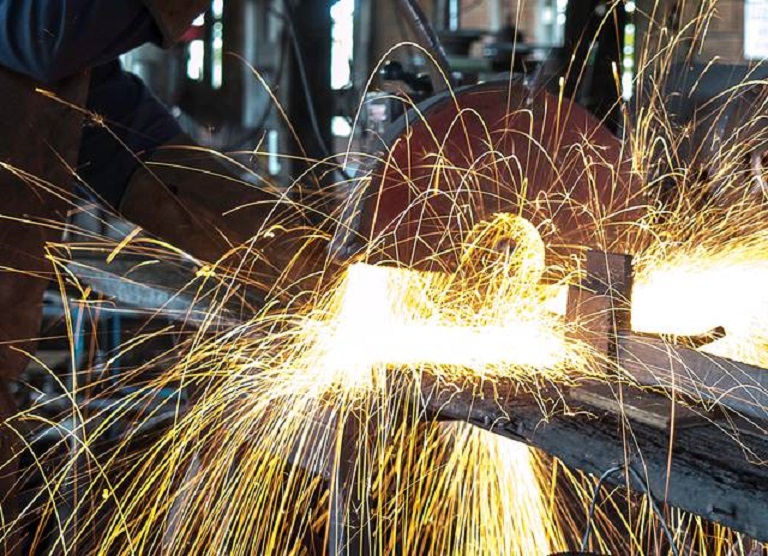
Weldability between Titanium Alloy and Stainless Steel Titanium and titanium alloys are widely used in aerospace, petrochemical, medical equipment, and other fields due to their high specific strength, high melting point, good toughness, and excellent corrosion resistance. However, due to the low elastic modulus, poor weldability, and workability of titanium, the price is relatively expensive, which […]
Tags: Advanced Refractory Metals, ARM, Chromium, Comprehensive Weldability Between Titanium Alloy and Stainless Steel, Molybdenum, Nickel, Stainless Steel, titanium, Titanium alloys, Weldability Between Titanium Alloy & Stainless Steel, Weldability of Stainless Steel, Weldability of Titanium and Titanium Alloys
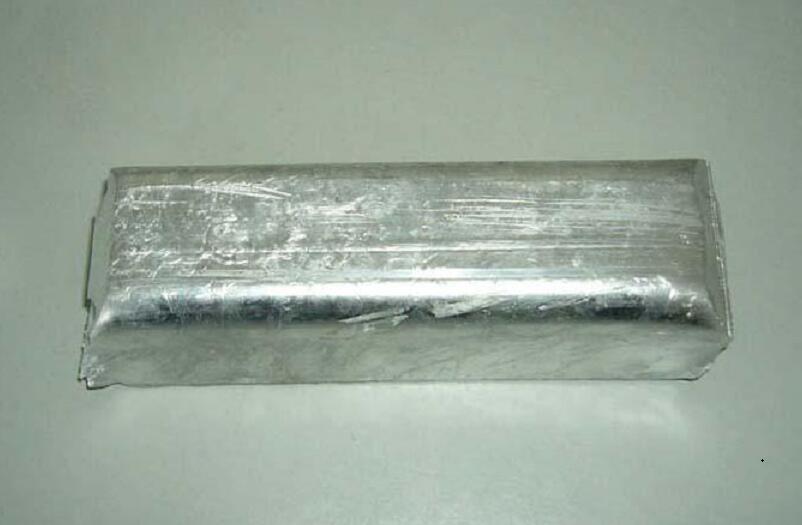
Titanium Aluminum Alloy Preparation & Applications As early as the 1970s, titanium aluminum alloy was known as a promising high-temperature resistant material. It has high strength and good high-temperature resistance, but due to its low ductility and poor workability, it has not been mass-produced and used in the industry. In order to improve the high-temperature resistance of Ti-Al […]
Tags: Advanced Refractory Metals, ARM, Chromium, Composite Material Technology, Copper, high-temperature resistant material, Ingot Metallurgy Technology, manganese, Molybdenum, Niobium, Powder Metallurgy Technology, Preparation and Processing Technology of the Titanium Aluminum Alloy, Rapid Condensation Technology, The Applications of the Titanium Aluminum Alloy, Titanium Aluminum Alloy, Titanium Aluminum Alloy Application, Titanium Aluminum Alloy Preparation, Vanadium

How Was Vanadium Discovered? Vanadium is a silvery-white transition metal with element symbol V, atomic number 23, and an atomic weight of 50.9414. Vanadium has a high melting point of 1890 ° C and is called refractory metal together with niobium, tantalum, tungsten, and molybdenum. Due to its excellent physical and chemical properties, vanadium and vanadium alloy […]
Tags: Advanced Refractory Metals, ARM, Chromium, How Was Vanadium Discovered?, Molybdenum, Niobium, Refractory Metal, rhenium, tantalum, The Discovery of Vanadium, titanium, Tungsten, Vanadium, vanadium alloy, Vanadium Element, Vanadium Metal, Zirconium

7 Interesting Facts about Chromium Chromium is a metal element with the element symbol Cr, atomic number 24, and a density of 8.65g / cm³. Chromium is a shiny blue-gray transition metal, soft and wear-resistant, tough and ductile, flammable, and irritating. The melting point of chromium is 1907 ℃, and its boiling point is between 2672 ℃. Beyond […]
Tags: 7 Facts About Chromium, 7 Interesting Facts About Chromium, Advanced Refractory Metals, ARM, Chromium, Chromium Facts, Facts About Chromium, Interesting Facts About Chromium, Refractory Metals, The Application of Chromium, The Discovery of Chromium, The Distribution of Chromium Resources, The Effect of Chromium on Human Health, The Existence of Chromium in Nature, The Global Chromium Production, The Recycling of Nickel-Chromium Batteries, Transition Metal
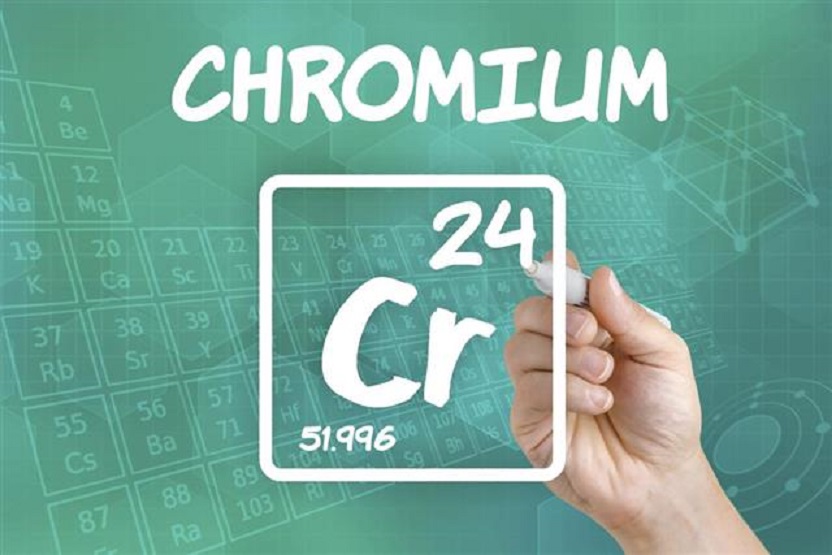
5 Uses of Chromium Chromium is a silver-white metal with a high melting point. Thanks to its hardness and resistance to corrosion, it has become one of the most important and indispensable industrial metals and is widely used in everyday life. In this article, we’ll take a look at the 5 primary uses of chromium. 1. The […]
Tags: 5 Uses of Chromium, Application of Chromium, Applications of Chromium, Chromium, metal with a high melting point, The Uses of Chromium in the Automobile Industry, The Uses of Chromium in the Chemical Industry, The Uses of Chromium in the Field of Cast Iron, The Uses of Chromium in the Metallurgical Industry, The Uses of Chromium in the Refractory Materials, Use of Chromium, Uses of Chromium, Uses of Chromium in Everyday Life, Uses of Chromium in Industry
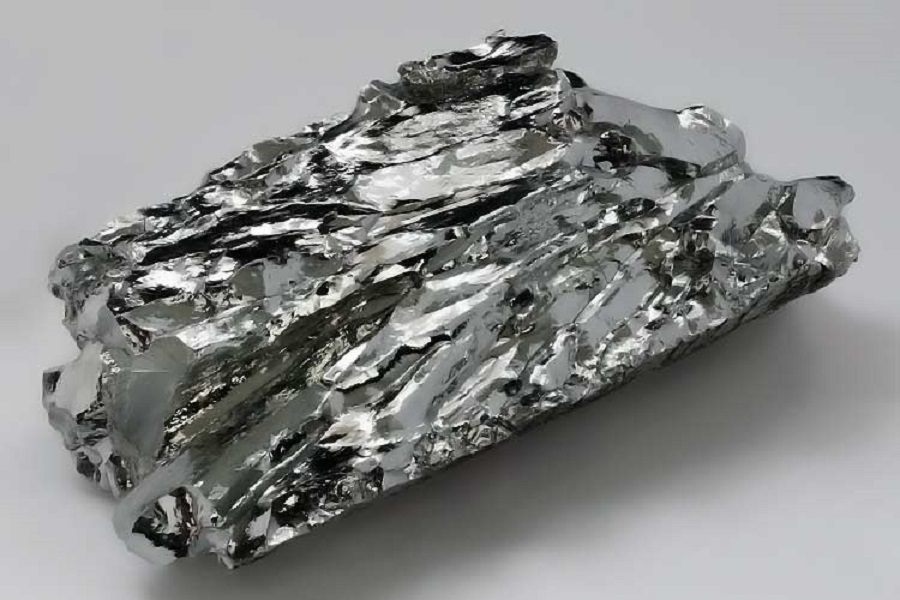
Top 10 Common Refractory Metals You Can Find Now “Refractory metal” is a term that is used to describe a group of metal elements. These metal elements have exceptionally high melting points and are resistant to wear, corrosion, and deformation. In this article, we will take a look at the top 10 common refractory metals that […]
Tags: Chromium, Common Refractory Metal, Common Refractory Metals, Hafnium, Molybdenum, Niobium, Refractory Metal, Refractory Metals, rhenium, tantalum, The History of the Chromium, The History of the Hafnium, The History of the Molybdenum, The History of the Niobium, The History of the Rhenium, The History of the Tantalum, The History of the Titanium, The History of the Tungsten, The History of the Vanadium, The History of the Zirconium, The Properties and Applications of the Chromium, The Properties and Applications of the Hafnium, The Properties and Applications of the Molybdenum, The Properties and Applications of the Niobium, The Properties and Applications of the Rhenium, The Properties and Applications of the Tantalum, The Properties and Applications of the Titanium Alloy, The Properties and Applications of the Tungsten, The Properties and Applications of the Vanadium, The Properties and Applications of the Zirconium, titanium, Tungsten, Vanadium, Zirconium
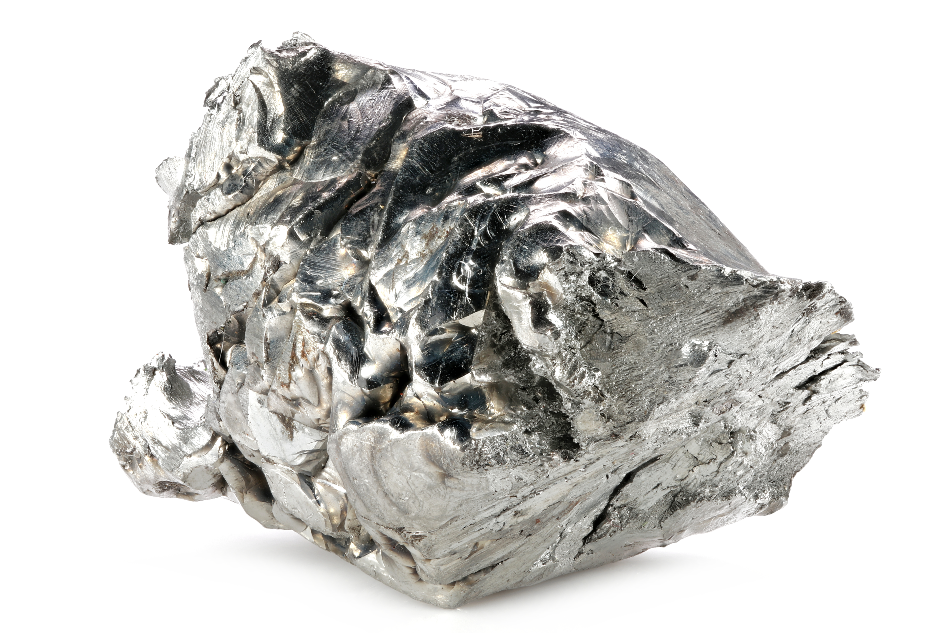
Metal with High Melting Point Many people know that the metal with the lowest melting point is mercury, which is the only metal that is liquid at room temperature. But when it comes to a metal with a high melting point, probably not many people know the answer. That’s the reason why we’ve compiled this list […]
Tags: Chromium, Chromium (Cr), Hafnium, Hafnium (Hf), iridium, Iridium (Ir), Metal with High Melting Point, Metal with Highest Melting Point, Metal with the Highest Melting Point, Metals with High Melting Points, Molybdenum, Molybdenum (Mo), Niobium, Niobium (Nb), rhenium, Rhenium (Re), Rhodium, Rhodium (Rh), tantalum, Tantalum (Ta), titanium, Titanium (Ti), Top 10 Metals with High Melting Points, Tungsten, Tungsten (W)
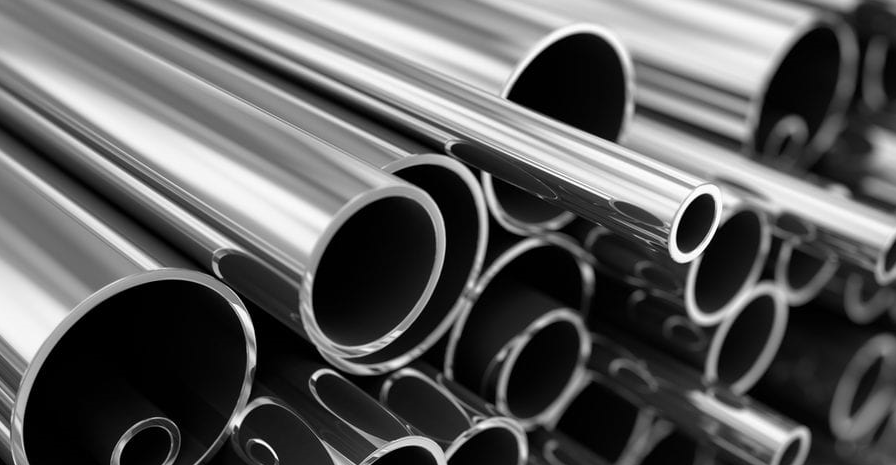
7 Common Metal Materials & Typical Uses Hundreds of thousands of different types and grades of metals can be found in the world, each of which was developed for a specific application. You come into contact with dozens of metals every day. Here we have an interesting guide that will take you through some common […]
Tags: Advanced Refractory Metals, aluminum, ARM, Cast Iron, Chromium, Common Metal, Common Metal Material, Common Metal Materials, Common Metals, Copper, Magnesium alloy, Molybdenum, Refractory Metals, Stainless Steel, titanium, titanium fasteners, titanium metal, Tungsten
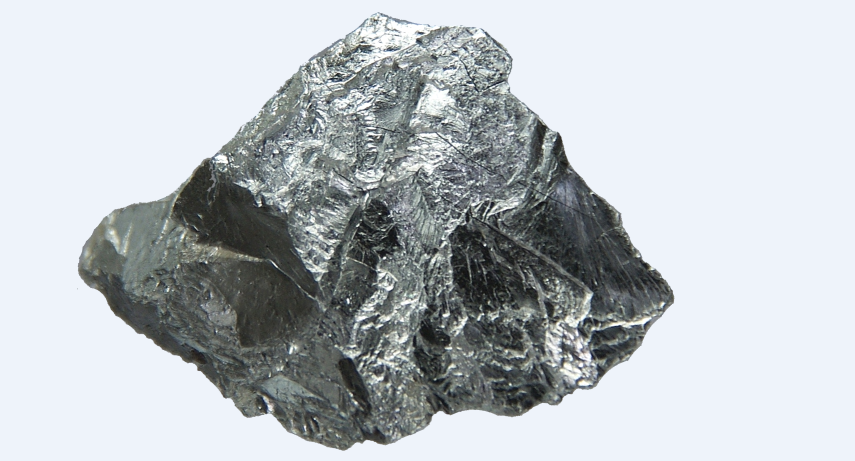
What Is the Most Refractory Metal in the World? In the non-ferrous metal family, tungsten has maintained the title of “High-Temperature Champion” for hundreds of years. The first person in the world to discover tungsten was the Swedish chemist Seller. He first decomposed tungstic acid with acid in 1781 to obtain tungsten. Then, after a […]
Tags: Advanced Refractory Metals, ARM, Chromium, Molybdenum, Most Refractory Metal, Most Refractory Metal In The World, Niobium, Refractory Metal, Refractory Metals, tantalum, The Most Refractory Metal, The Most Refractory Metal In The World, The Most Refractory Metals, titanium, tungsten rod, tungsten wire, Vanadium, What Is The Most Refractory Metal In The World?, Zirconium
Copyright © 1994-2024 Advanced Refractory Metals owned by Oceania International LLC, All Rights Reserved.